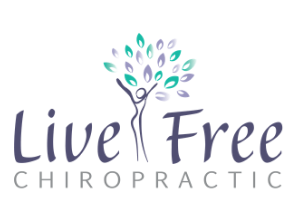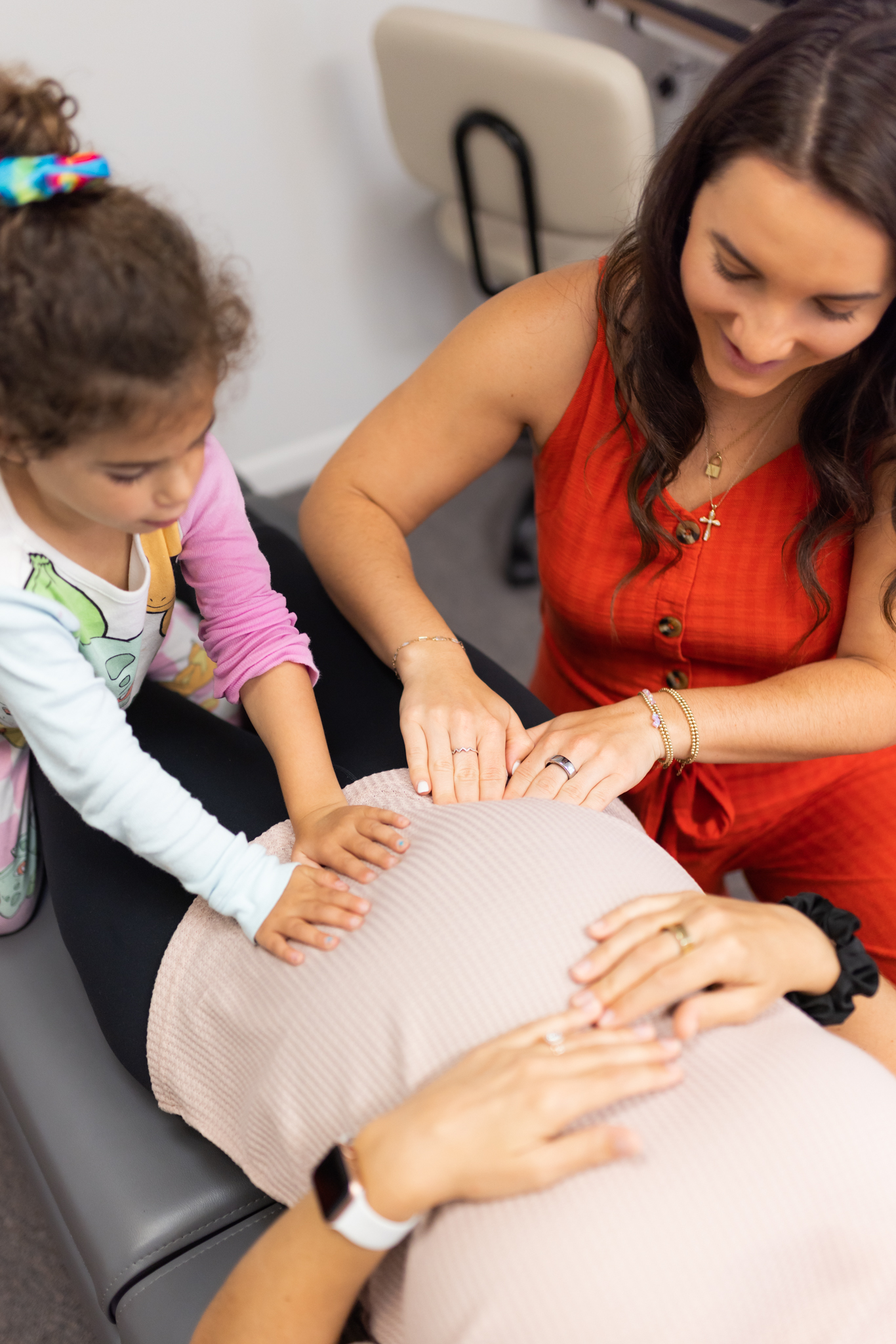PRENATAL CHIROPRACTIC CARE
With the increased interest in natural birthing, a growing number of mothers have incorporated chiropractic into their prenatal care. As a mother’s weight increases, her center of gravity shifts outward and her postural compensations respond accordingly. In addition, the ligament laxity necessary for birthing adds to instability in all of her joints, including her spine and pelvis. These hormonal and structural changes can lead to spinal and pelvic misalignment and the lower back pain many women experience during pregnancy.
Misalignments in the spine can cause stress overload to the mother’s nervous system, potentially impairing any of her vital systems and organs. During pregnancy, when a mother’s body systems are basically functioning for two, any interference to the nerve transmission supporting their function can be detrimental to her health and well-being, as well as the growing baby’s. Reducing this nerve system stress is a key ingredient for normal bodily function.
Another effect of spinal and pelvic misalignment throughout pregnancy is a condition imposed on the baby called intrauterine constraint. The mother’s pelvis has various key ligaments attached that support her uterus. As the baby grows, their role becomes increasingly important. If her pelvis is in biomechanical balance during pregnancy, the uterus will be supported symmetrically. This allows the baby optimal room for movement in utero and provides it the opportunity to develop free of constraint. Intrauterine constraint can create torsion in the uterus, limiting available space for the developing baby.
The body’s intelligence wants the easiest route out for the baby. If mother’s biomechanics are compromised, obstetric interventions are more likely to be recommended and implemented. Each and every intervention has significant side effects for both mother and baby.


